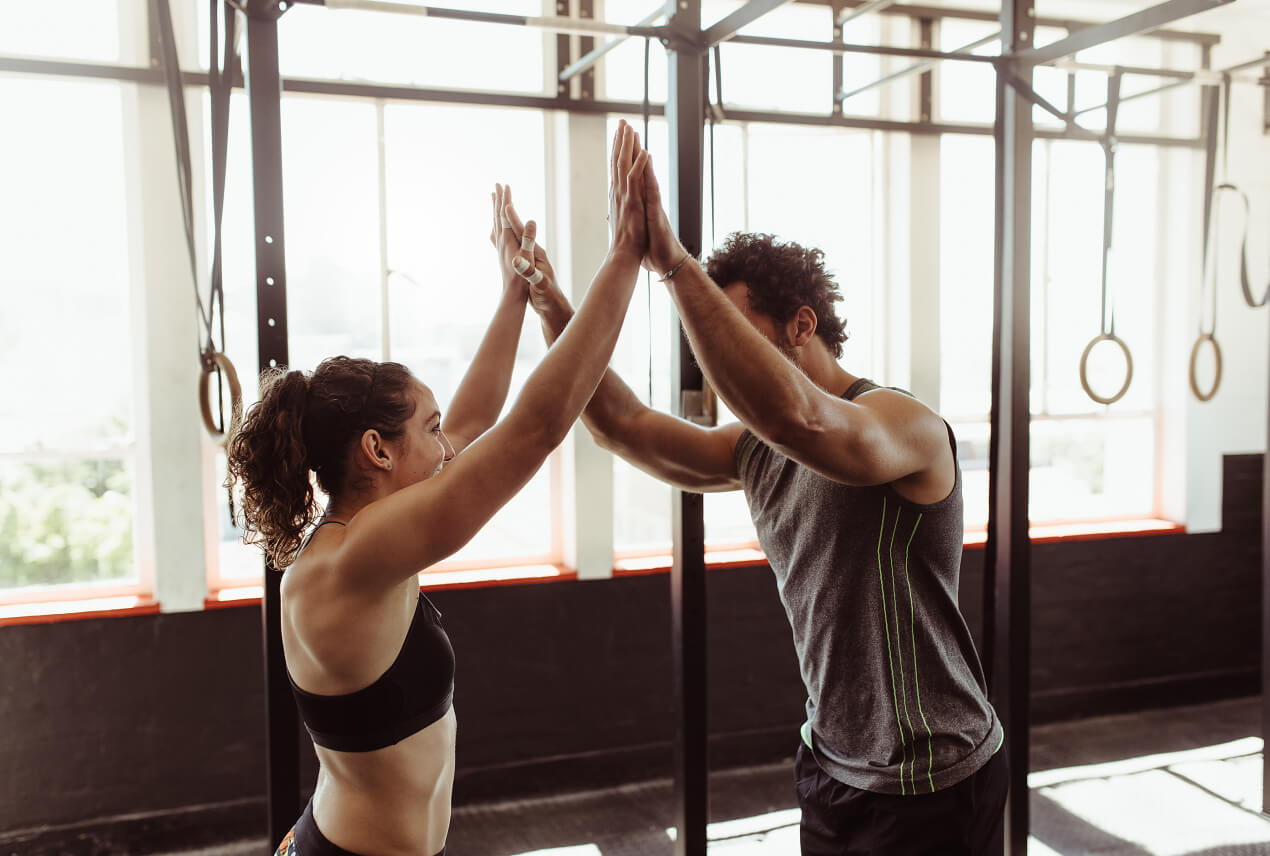Consistently incorporating exercise into your daily routine requires discipline, dedication, time, energy and effort.
It can seem difficult to make time for physical activity during busy days, but doing so regularly can benefit your physical, mental and sexual health.













